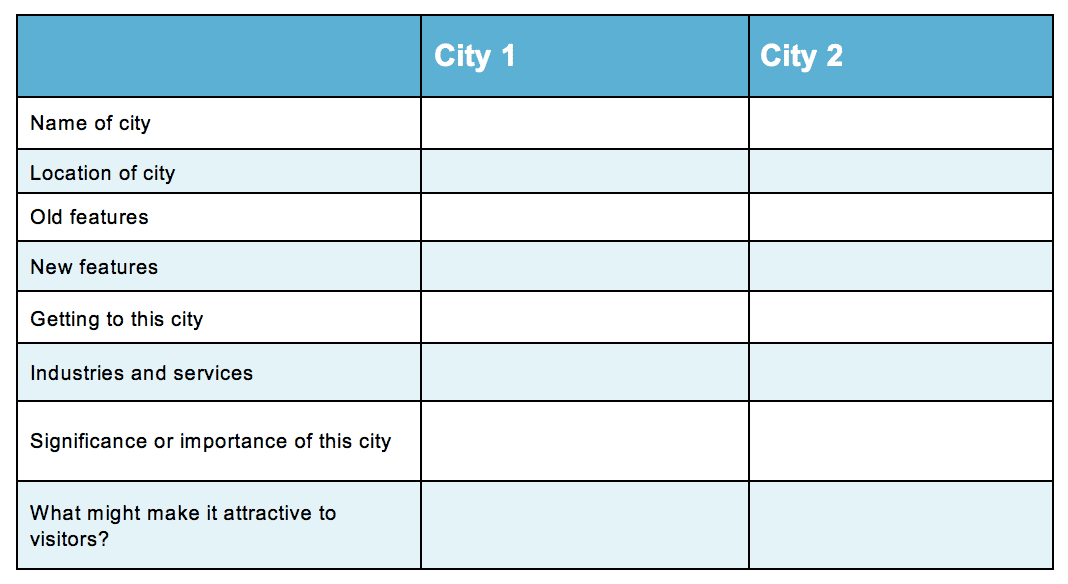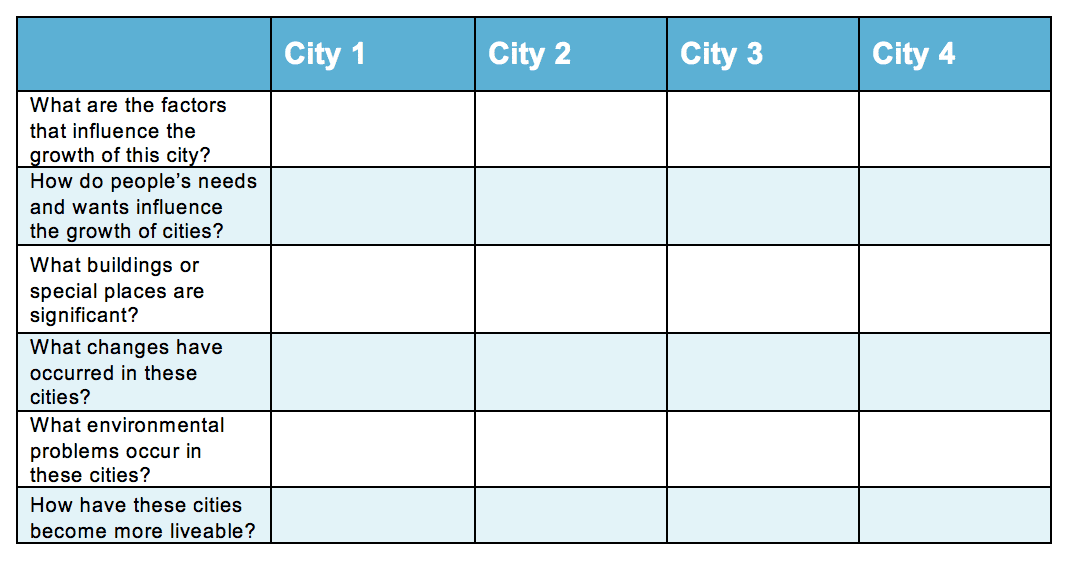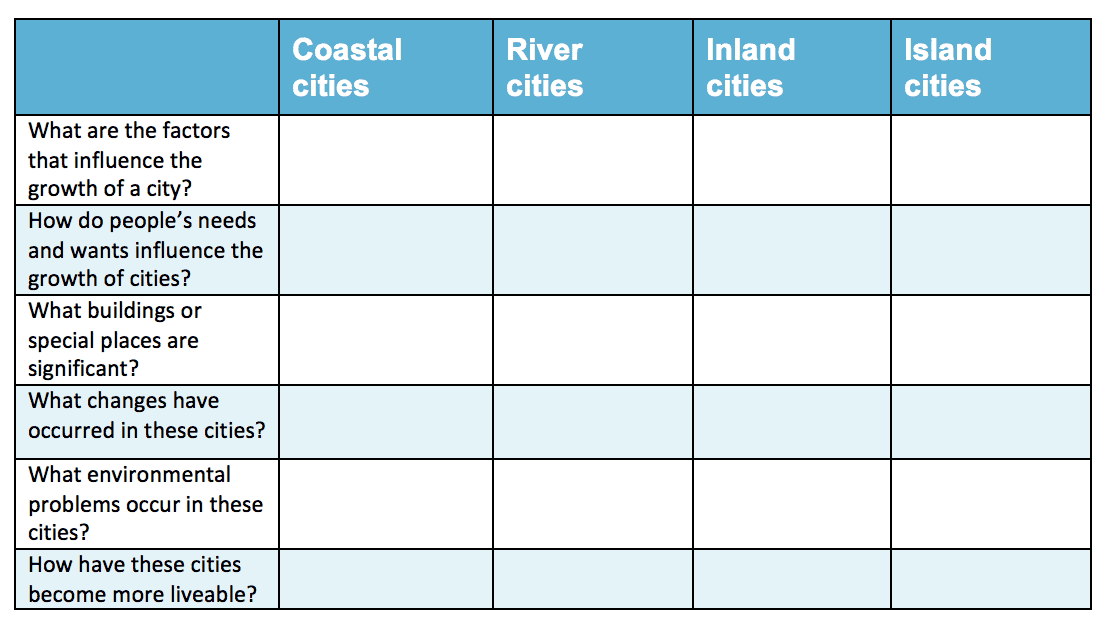Information for Teachers
Curriculum links
This investigation is linked to the following C3 Social Studies Standards for Grades 3–5.
D2. Geo.2.3-5. Use maps, satellite images/photographs to explain the relationship between the location of places and regions and their environmental characteristics
D2. Geo.8.3-5 Explain how human settlements and movements relate to locations and use of various natural resources
D2. His. 2.3-5. Compare life in specific historical time periods to life today
D2.Geo.5.3-5. Explain how the cultural and environmental characteristics of places change over time
How to search the internet
1 Keep your request short
Fewer words will give a more accurate search.
2 Choose exactly what you want
For example: Arctic Circle Climate
3 Use quotes
Double quotes around a set of words tell the search engine to consider those exact words in that exact order without any change. For example: “Arctic Circle Climate”
4 Use the plus sign (+)
If you add a plus sign (+) between words, the internet will search for all the words. For example: migrate+birds+whales+mammal
5 Use the minus sign (–) to say what you don’t want
Use a minus sign (–) to show words you do not want to appear in your results. For example: if you search for burrowing animals and do not want mammals in your search, –mammals will exclude mammals. Note that you need to put a space before the minus sign for the word to be excluded.
6 Be very clear about what you don’t want
Part 1
Ask questions and define problems
After reading What Makes a City? you may have many questions about how cities develop and change.
List your questions.
- Compare your list with questions that others have.
- Choose a question you would like to investigate.
- You can work alone, with a partner, or in a small group.
You may want to choose one or more of these questions to investigate
Q1. Why are cities built in particular places?
Q2. How do cities grow and change?
Q3. Why do people like to visit these cities?
Go to Part 2 Investigate →Part 2
Investigate
Helpful websites
You may want to use websites to help you’re your investigations.
You can do a search for the name of the city+location; or the climate of each by searching the name of the city+climate.
Other search topics could be city+industry, city+special buildings, city+tourism.
Go to Part 3 Record data →Part 3
Record data
Find a way of recording your information that will allow you to see any patterns in the data.
Data Chart for What Makes A City?
(Download and change to suit your information)
 Download Chart
Download Chart
Go to Part 4 Organize, analyze, and interpret data →
Part 4
Organize, analyze, and interpret data
1. Look over the information you have gathered and the patterns you have found.
Why are cities built in particular places?
2. Search for other patterns.
What things influenced the growth of these cities?
What is attractive about these cities?
3. Makes notes about what you find.
Go to Part 5 Present and share →Part 5
Present and share
Look over all of the information that you have gathered in your investigation.
What are the most important ideas about What Makes a City?
Make a chart showing the most important ideas.
 Download Chart
Download Chart
 Download Chart
Download Chart
← Return to menu